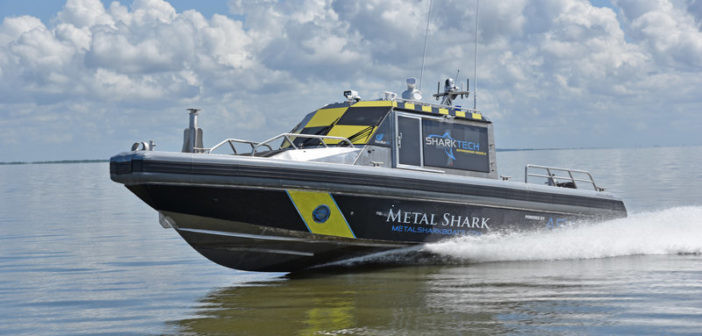According to a report from Allied Market Research, the global autonomous ships market generated $85.84 billion in 2020 and is estimated to grow to $165.61 billion by 2030, registering a compond annual growth rate (CAGR) of 6.8% from 2020 to 2030.
A surge in operational safety of ships and rise in demand for cargo transportation through marines have boosted the growth of the global autonomous ships market. The market across Europe is expected to manifest the highest CAGR of 8.1% from 2020 to 2030. However, the pandemic and its impact on international trade have forced original equipment manufacturers and shipping companies to rely on artificial intelligence and advanced technologies.
A rise in operational safety of ships and an increase in demand for cargo transportation through marines drive the growth of the global autonomous ships market. However, complexity of the network and the risk of exploitation by hacking hinder the market growth. On the contrary, surge in marine safety norms and the anticipated trend of automation in marine transportation would open new opportunities for the market players in the future.
The Covid-19 outbreak and followed lockdown across various countries encouraged countries to implement remote working to continue the business operations and fleet observation.
However, the suspension of international trade has negatively impacted the demand for autonomous ships.
The pandemic and its impact on international trade have impelled original equipment manufacturers and shipping companies to rely on artificial intelligence, due to a lack of labor force.
However, as governments across various countries have declared relaxation of lockdown regulations and international trade, the market is expected to get back on track.
The global autonomous ships market is segmented on the basis of level of autonomy, ship type, component, fuel type, and geography. Based on level of autonomy, the market is divided into semi-autonomous and fully autonomous. The fully autonomous segment is projected to portray the highest CAGR of 27.5% during the forecast period. However, the semi-autonomous segment dominated the market in 2020, contributing to more than 90% of the total revenue of the market.
On the basis of component type, the market is classified into hardware and software. The software segment is anticipated to register the highest CAGR of 7.9% from 2020 to 2030. However, the hardware segment held the largest share in 2020, accounting for more than 3/5 of the market.
Based on geography, the global autonomous ships market is analyzed across various regions such as North America, Europe, Asia-Pacific, and LAMEA. The market across Europe is expected to register the highest CAGR of 8.1% from 2020 to 2030. However, the market across Asia-Pacific held the largest share in 2020, contributing to nearly half of the market.




